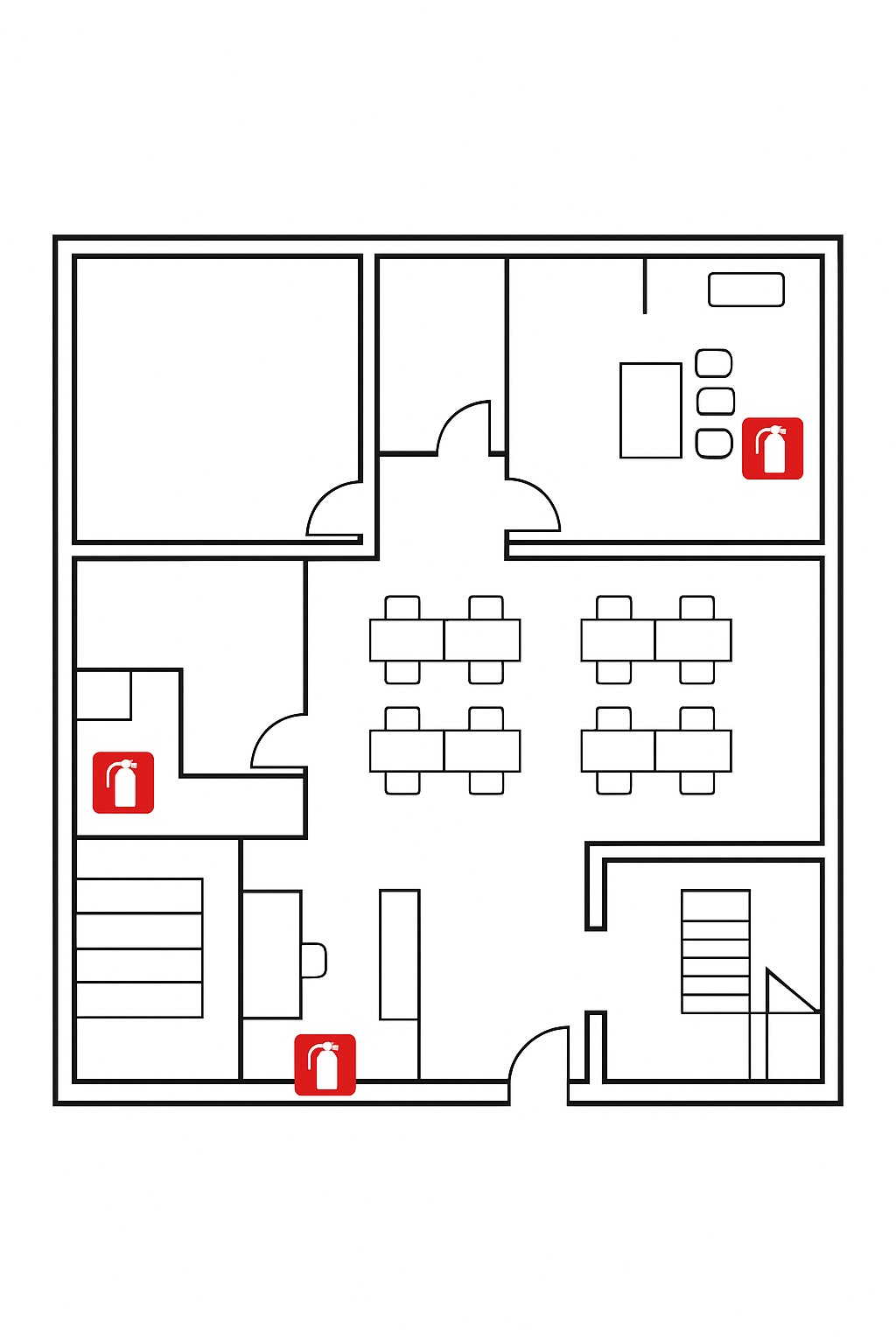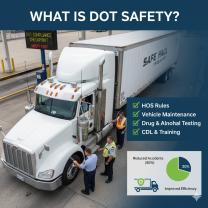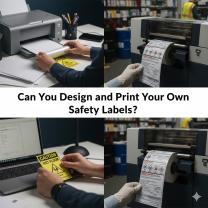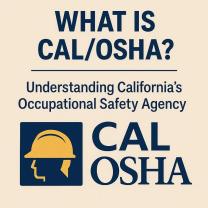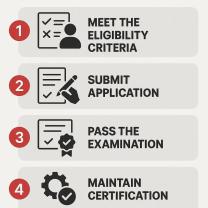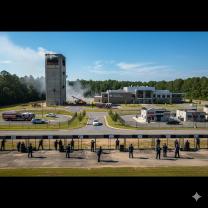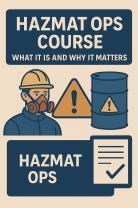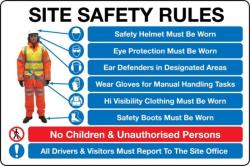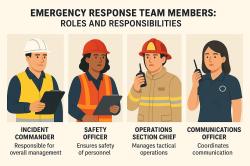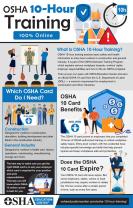How many fire extinguishers are required and where?
The number of fire extinguishers required and their placement depends on building size, layout, hazards present, and local fire codes (such as NFPA 10 in the U.S. or equivalent standards in other countries). Here’s a clear breakdown:
How Many Fire Extinguishers Are Required?
By Floor Area
General Rule (NFPA 10): At least one extinguisher per 3,000 square feet (279 m²) of building space.
Travel Distance Rule: No one should have to travel more than 75 feet (23 m) to reach a fire extinguisher for Class A or D fires.
For Class B (flammable liquids) hazards, the maximum travel distance is 50 feet (15 m).
Minimum Requirement
At least one extinguisher per floor, even for small buildings.
Additional extinguishers required in areas with higher risks (kitchens, workshops, labs, storage areas).
Hazard Level
Low Hazard (offices, classrooms): Fewer extinguishers needed.
Ordinary Hazard (warehouses, parking garages): More coverage required.
High Hazard (factories, kitchens, paint shops): More frequent spacing (often 30–50 feet).
Where to Place Fire Extinguishers?
Visibility & Accessibility: Mount extinguishers in visible, easily accessible locations — near exits, main aisles, and paths of egress.
Height from Floor (per NFPA 10):
If extinguisher is ≤40 lbs: Top no higher than 5 feet (1.53 m) from the floor.
If >40 lbs: Top no higher than 3.5 feet (1.07 m).
Bottom at least 4 inches (10 cm) above the floor.
Kitchens & Cooking Areas: Place Class K extinguishers within 30 feet (9 m) of cooking equipment.
Hazardous Material Areas: Place near entrances but not so close to the hazard that they are unreachable in an emergency.
Multi-Level Buildings: At least one extinguisher per floor, typically near stairwells or exits.
Summary Rule of Thumb:
One fire extinguisher per 3,000 sq. ft.
Within 75 ft. travel distance for Class A hazards (50 ft. for Class B).
Always near exits, stairways, kitchens, and hazardous areas.
Adhering to fire safety regulations is crucial for protecting people and property. This involves understanding the legal requirements, having the right equipment, placing it correctly, and ensuring it is always ready for use.
Fire Safety Regulations and Requirements
Fire safety is governed by a combination of federal, state, and local regulations. The most influential of these standards are developed by the National Fire Protection Association (NFPA), which provides comprehensive codes like:
NFPA 101: Life Safety Code: Focuses on building design, occupant safety, and emergency procedures to facilitate safe evacuation.
NFPA 72: National Fire Alarm and Signaling Code: Specifies requirements for the installation, maintenance, and testing of fire alarm systems.
NFPA 10: Standard for Portable Fire Extinguishers: This code details the requirements for selecting, distributing, placing, and maintaining portable fire extinguishers.
The Occupational Safety and Health Administration (OSHA) also sets forth regulations in the U.S. that businesses must follow to ensure a safe workplace. Compliance involves regular audits, detailed documentation of inspections and maintenance, and mandatory employee training on fire safety procedures.
Determining the Number of Fire Extinguishers Needed
The number of fire extinguishers required in a building is not a one-size-fits-all answer. It's determined by a combination of factors, including the building's size, occupancy, and fire hazard level.
Travel Distance: This is the most critical factor. In a typical light-hazard occupancy (e.g., offices, classrooms), the maximum travel distance from any point to the nearest extinguisher should not exceed 75 feet. For areas with higher fire hazards (e.g., commercial kitchens, industrial workshops with flammable liquids), this distance is often reduced to 50 feet or even less.
Square Footage: As a general rule for a Class A fire hazard, one 2-A rated extinguisher should be provided for every 3,000 square feet of protected area.
Hazard-Specific Requirements: In areas with a specific hazard, such as a commercial kitchen with cooking oils (Class K) or an electrical room (Class C), a specialized extinguisher must be provided regardless of the travel distance rules for other areas.
Proper Placement of Fire Extinguishers
Strategic placement is essential to ensure extinguishers are easily accessible in an emergency. Guidelines from NFPA and OSHA outline several key rules:
Visibility and Accessibility: Extinguishers must be placed in plain sight and in a location that is readily accessible. They should not be blocked by furniture, equipment, or doors.
Mounting Height: The top of the extinguisher's handle should be mounted no more than 5 feet above the floor for extinguishers weighing less than 40 pounds. For heavier extinguishers, the top should be no more than 3.5 feet from the floor. The bottom of the extinguisher should be at least 4 inches off the ground.
Proximity to Hazards: Extinguishers must be located near potential fire hazards, such as kitchens, electrical panels, and chemical storage areas.
Signage: If an extinguisher is not immediately visible, clear signage, such as a fire extinguisher sign with an arrow, should be used to indicate its location.
Types of Fire Extinguishers for Different Hazards
Fire extinguishers are classified by the type of fire they are designed to fight. Using the wrong type of extinguisher can be ineffective or even dangerous. The classes are:
Class A: For fires involving ordinary combustibles, like wood, paper, cloth, and plastics. Extinguishers for this class often contain water or a multipurpose dry chemical.
Class B: For fires involving flammable liquids and gases, such as gasoline, oil, and paint. Extinguishers for this class often contain a dry chemical or carbon dioxide (CO2).
Class C: For fires involving energized electrical equipment. Extinguishers for this class are non-conductive, using agents like CO2 or dry chemical to prevent electrical shock.
Class D: For fires involving combustible metals, such as magnesium, titanium, and sodium. These fires require specialized dry powder agents.
Class K: For fires in commercial kitchens involving combustible cooking oils and fats. Wet chemical extinguishers are specifically designed for these types of fires.
Many extinguishers are multipurpose, like the common ABC dry chemical extinguisher, which is effective against most common fires in homes and offices.
Maintenance and Inspection Guidelines
Regular maintenance is critical to ensure that fire extinguishers are functional when needed. NFPA 10 outlines a clear schedule for inspection and maintenance.
Monthly Visual Inspection: This can be performed by an employee. Check that the extinguisher is in its designated location, is not obstructed, has a visible and unbroken tamper seal, and that the pressure gauge is in the green "charged" zone.
Annual Professional Maintenance: A certified fire protection company must perform an annual maintenance check. This includes a thorough external examination and any necessary repairs or recharging.
Six-Year Maintenance: Stored-pressure dry chemical extinguishers require a professional internal examination every six years to check for corrosion or damage.
Hydrostatic Testing: This pressure test for the extinguisher cylinder is required every 5 or 12 years, depending on the type of extinguisher, to ensure its integrity and prevent rupture.
Recordkeeping: All inspections and maintenance activities must be documented with a tag on the extinguisher and in a written or electronic record.
